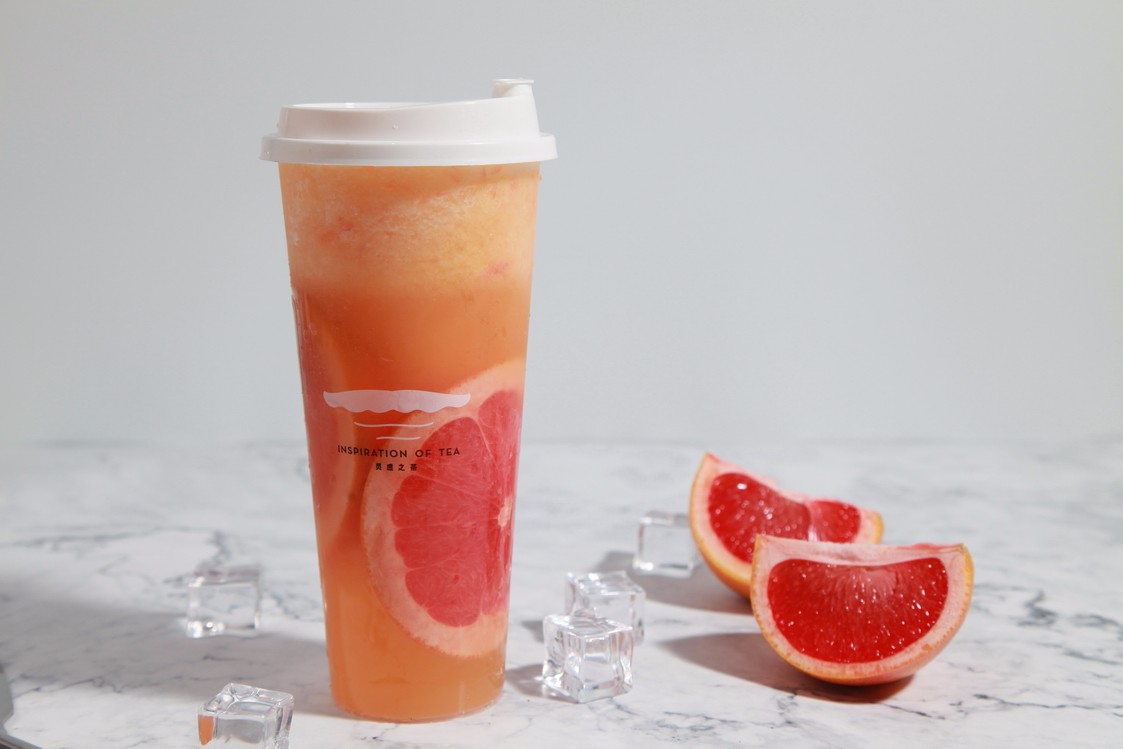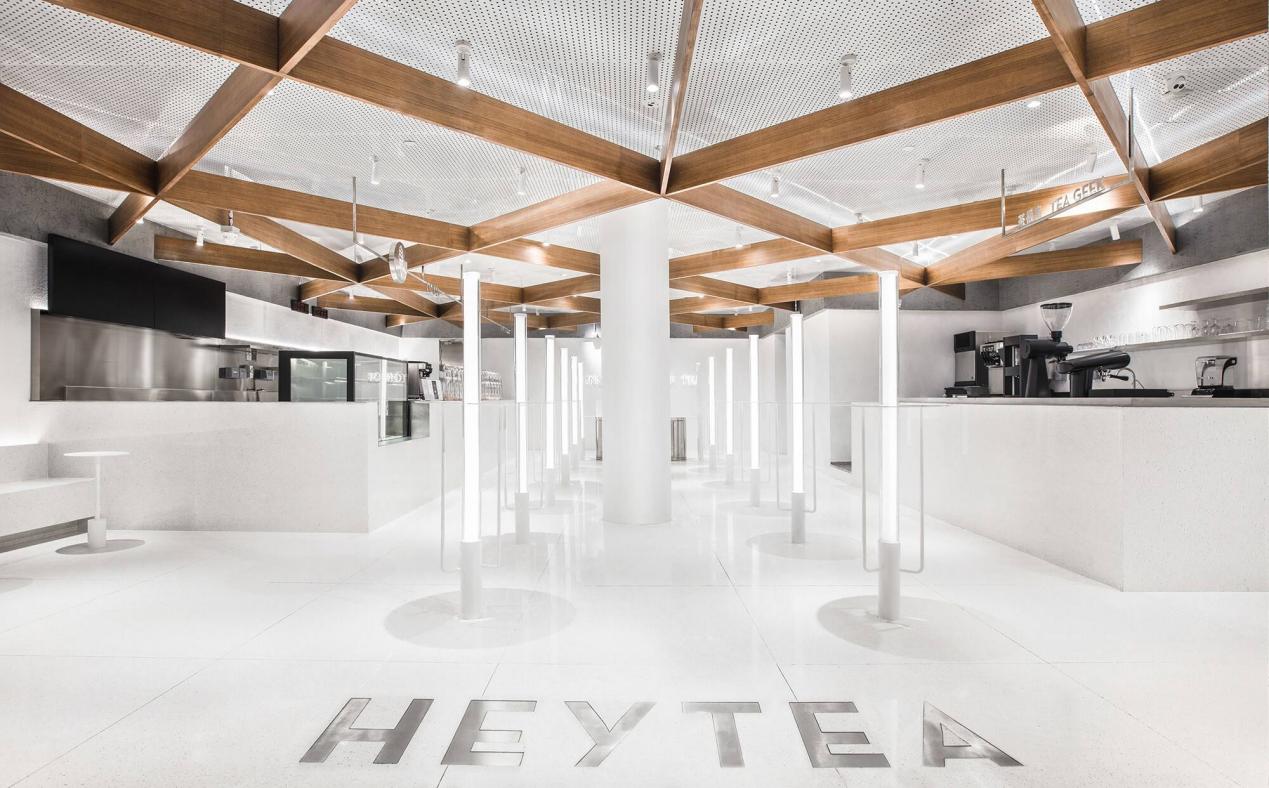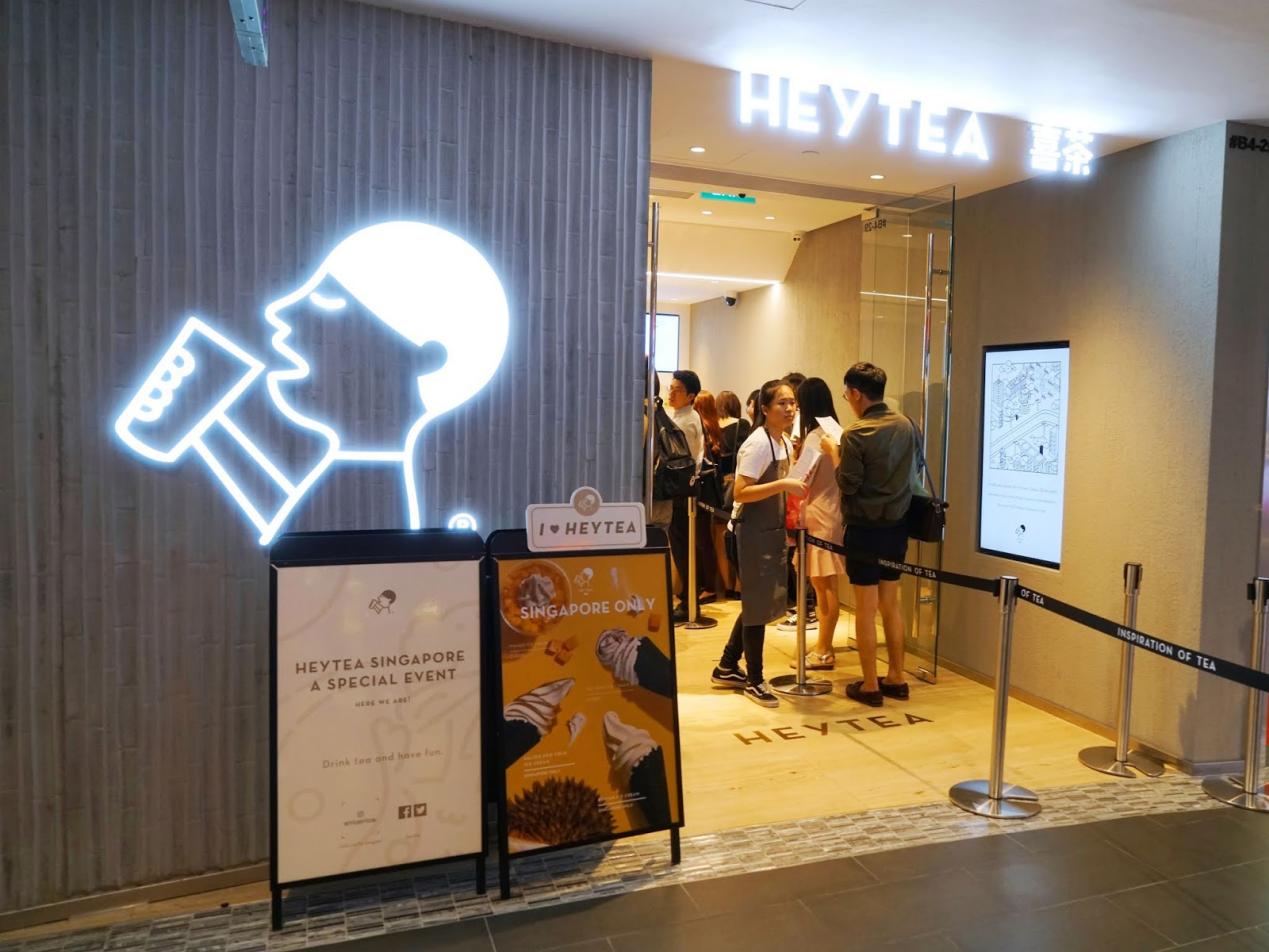

(Written by Guan Qiuyun / Translated by Chen Zhiying and Xie Zongming)It is not difficult to find that with the continuous improvement of brand influence and market share of the Chinese catering industry abroad in recent years, Chinese milk tea finally ushers in its development era. Southeast Asia is its first market.
For a long time, Southeast Asia is dominated by Japanese and Korean drink brands like TP TEA, CHA BAR, TEA live and other local brands. Under such fierce competition, China’s milk tea is still able to stride forward, with stores opened in ASEAN countries such as Singapore, Malaysia, Philippines, Vietnam and Thailand. What is the secret behind its success, and how can it achieves final success under the competition?
China’s milk tea achieves great success overseas
In fact, the Chinese milk tea has upgraded four times: instant milk tea, liquid milk tea, cast-in-place milk tea, “milk tea + bread”. However, it only boasts a history of more than 20 years in China and that of the overseas one is shorter. However, this does not affect its development in the ASEAN market. Combining the Chinese tea culture with the local taste preference of Southeast Asia, it marches forward steadily all the way and stands out soon.
The crazy scene of “queuing for two hours but picking up in only 10 seconds” was seen again on the first day of HEYTEA selling milk tea at Ion Orchard Shopping Centre in Singapore. Local media described the scene with the word “unbelievable”. According to the data released by HEYTEA, the daily average sales volume of the store has reached 2000-3000 cups, with a daily net profit of up to RMB 60,000 yuan. Up to now, HEYTEA has opened four stores in Singapore, all of which are located in famous shopping and entertainment centre. With convenient transportation, large traffic and high consumption level, HEYTEA has attracted a large number of white-collar workers, tourists and young students in Singapore, becoming the hottest daka destination for local Internet celebrities and opinion leaders. It can be said that as the leading Chinese milk tea, HEYTEA has set a good start for China’s milk tea in the ASEAN market.

And the performance of other domestic milk tea brands in Southeast Asia is also eye-catching. Chatime, who mainly focuses on the international market, has opened 2,500 stores worldwide, 40% of which are distributed in Southeast Asia; R & B Tea has opened more than 40 stores in Thailand, Vietnam and Singapore. Often, they are opened in places 1 km away from high-end office buildings, becoming an entertainment for white-collar workers; MXBC, whose total number of stores in China has exceeded ten thousand, has also opened many upgraded stores in Hanoi, Vietnam and brought a Chinese tea boom unexpectedly; After Tomtee, featuring Chinese traditional teaism, entered Malaysia, its revenue and net profit have kept a steady growth of 32% for three consecutive years; NAYUKI has adopted the model of “social + marketing” and attracted a large number of Southeast Asian fans. Its official accounts in Malaysia and Singapore have more than 12,000 followers on Facebook and Instagram, far ahead of other local milk tea brands
To some extent, China’s milk tea in Southeast Asia shows that the vision of a national brand in the new era is not limited to a certain market. They are looking for a broader international market, to obtain greater development in comprehensive strength such as supply chain, quality and brand.
Bring a cup of good tea to Southeast Asia
Behind these data and phenomena, what makes Chinese milk tea so popular in the fiercely competing Southeast Asian market?
The backing from Chinese tea culture might be the key to the oversea success. “Wine-drowsy, a long road, I’m getting sleepier; Sun high, throat parched, thinking only of tea.” Chinese tea culture has its long-lasting history. Chinese milk tea combines traditional culture with popular culture and integrates traditional Chinese elements like tea, silk and Beijing Opera into its design, giving itself a distinctive identity in the international market.
For instance, HEYTEA Day Dreamer Project at Clarke Quay, Singapore sets a Tea Geek Bar and a Self-service Bar, allowing customers to experience ancient ways of tea-making and tea-tasting. NAYUKI names their products after the flow of seasons, from “Spring Mirror” and “Summer Bloom” to “Autumn Moon ” and “Winter Snow”, creating a “NAYUKI Quality Tea Gift Box”. This series brings a 10% oversea sales growth for NAYUKI each year. For Tomtee, they will hold an event called Tomtee Tea Party at their Thai and Malaysian stores regularly, attracting their fans to wear ancient Han clothing to take photos and taste tea. To some degree, this new economy of Chinese milk tea is backed by the Chinese cultural symbols. With proper commercial operations, these tea drinks have attracted youths in Southeast Asia, a group that is different from traditional tea consumers.

Localized innovation is another key to the success. HEYTEA, for example, launched a Singapore-only campaign to serve durian flavor and salted yolk flavor ice cream annually from July to August. These tropical flavors suit the locals’ taste well. Another example is R&B Tea. Taking the local bar street into consideration, it brought forward alcoholic tea drinks exclusively for its shops in Vietnam, the flavor of which is the representative Vietnamese flavors called Tiger Bear and Taste of Sai Kung.

Unlike the existing milk tea products that are obsessed with sweet taste, Chinese milk tea lays their attention on the aroma of the tea itself, which have a lighter taste. Also, the higher content of tea polyphenol makes them more refreshing, thus becoming more popular among Southeast Asian professionals.
Certain localization adjustments can be found when Chinese milk tea enters the Southeast Asia market. The companies center their strategies around target customers and culture. With these strategies, they are able to have more commercial gain.
Aside from localization, innovation of online promoting makes way for the tea drinks as well. While the products and shop environment are developing, NAYUKI’s oversea shops are striving for their transition to online promoting and retailing. Working with Lazada, the cross-border E-commerce giant in Southeast Asia, NAYUKI came up with ordering through WeChat mini-program, tea-making exhibition via online streaming, and retailing in its online flagship store. The strategy boosts their orders and allows customers to arrange their time to pick up the products, creating a smoother shopping experience. Likewise, HEYTEA digitizes its management for quality control. On the supply end, HEYTEA adopts Enterprise Resource Planning (ERP) system and pick-up container to reduce waiting time in the queue. Well-organized information flow maximizes the distribution efficiency, accelerating the combination of online and offline shopping.
It is worth to note that the competition will follow in the Southeast Asian tea drinks market, after Chinese milk tea’s successful overseas expansion. At the end of 2020, China’s Securities Daily pointed out that the future of Chinese milk tea exporting to Southeast Asia will be international and intertwined. With technical barrier fading away, homogenized competition will be inevitable. To stand out from other competitors, companies must rely on their quality and brands.
On March 8, 2021, Peng Xin, Founder of NAYUKI, said during an interviewed with Hexun Financial News that the milk tea’s expansion to Southeast Asia is an irreversible trend. However, he added, quality, service and management are the fundamental factors that ensure a company’s sustainability, no matter how fierce the competition is. While the market of milk tea is expanding, companies might as well look into their core vision and keep their original aspiration of going global in mind.
Maybe one day when we look back into Chinese milk tea going abroad, we would find out that the philosophy in Chinese milk tea’s oversea deployment is just to bring a cup of good tea to Southeast Asia.
Source: China-ASEAN Panorama
桂ICP备14000177号 Copyright@2006-2013 Guangxi China-ASEAN Panorama Magazine Agency Co., Ltd. All Rights Reserved